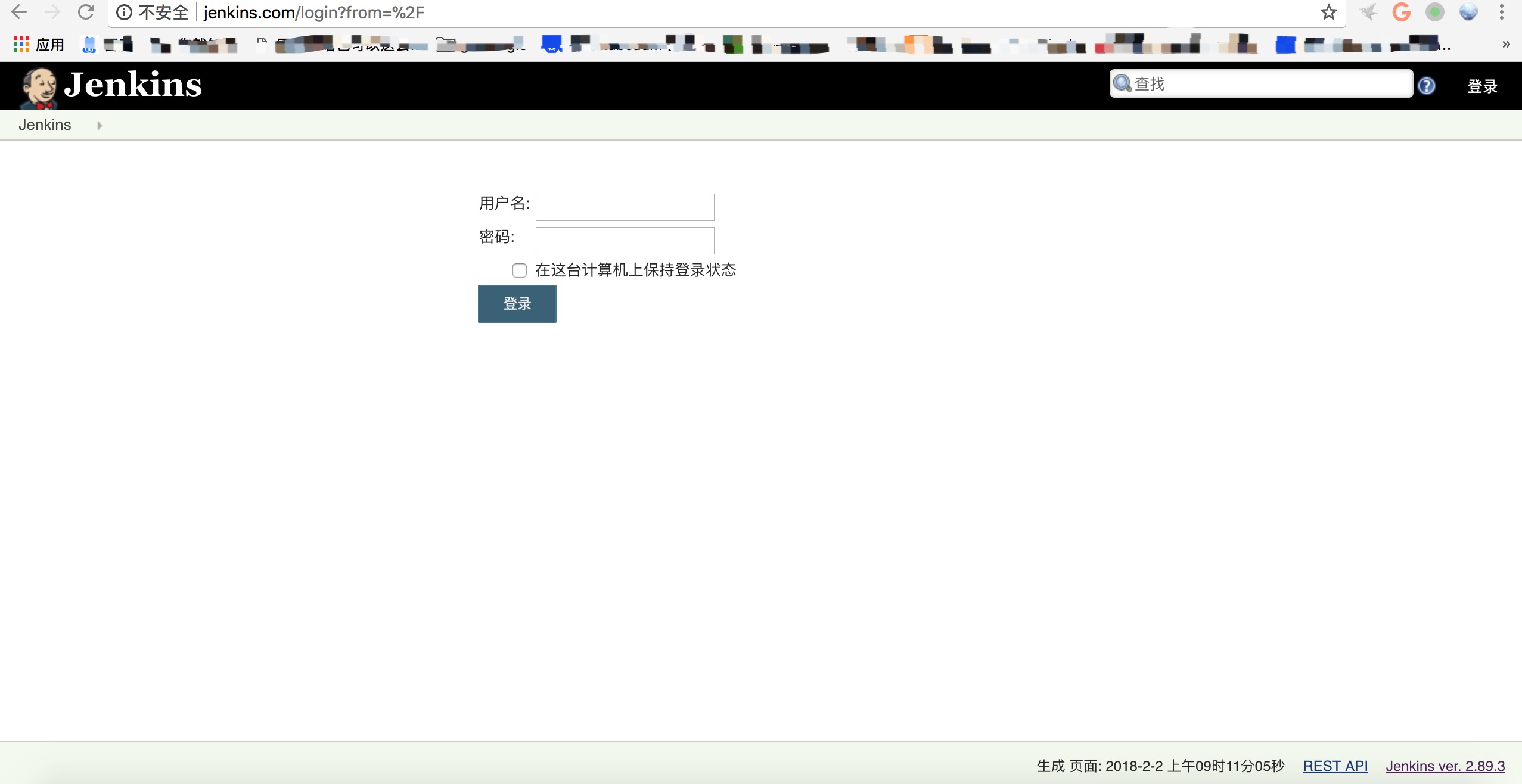By default, k8s is installed in this tutorial
**
I. Making jenkins-master
**
1. Pull jenkins image
docker pull jenkinsci/jenkins:lts
2. Run the jenkins image
docker run -tid -p 8080:8080 –name jenkins-master jenkinsci/jenkins:lts
3. Visit jenkins 127.0.0.1:8080
4. Get the initial jenkins key
docker exec -ti jenkins-master cat /var/jenkins_home/secrets/initialAdminPassword
5. Select Install suggested plugins
6. Setting Administrator User Name and Password
7. Install the Kubernetes plugin plug-in
System Management -> Management Plug-ins -> Optional Plug-ins -> Enter Kubernetes plugin -> Select Kubernetes plugin -> Direct Installation
8. Get the kubectl command of the linux system. If you can't download it here, you need to add double quotation marks to the links.
curl -LO https://storage.googleapis.com/kubernetes-release/release/v1.9.0/bin/linux/amd64/kubectl
9. Installing libltdl.so.7 library file into container without using docker-in-docker mode will result in error while loading shared libraries: libltdl.so.7: cannot open shared object file: No such file or directory
docker exec -ti jenkins-master
apt-get update
apt-get install libltdl7
apt-get clean10. Copy the jenkins configuration file. If you use NFS to persist data, you need to put this directory in NFS and hang it in k8s. Here, the NFS service architecture is not stated too much.
docker cp jenkins-master:/var/jenkins_home .
11. Package container with Kubernetes plugin plug-in
docker commit jenkins-master jenkins-k8s-master:1.0
The following Dockerfile can also be used to install Kubernetes plugin plugins directly, but for those who are not familiar with the plug-in name and version, it is not as simple as the above method, and this method will not automatically install dependencies.
curl -LO https://storage.googleapis.com/kubernetes-release/release/v1.9.0/bin/linux/amd64/kubectl
echo Kubernetes plugin:1.1.3 >> plugins.txt
echo Variant Plugin:1.1 >> plugins.txt
cat<< EOF >Dockerfile
FROM jenkins
COPY plugins.txt /usr/share/jenkins/plugins.txt
COPY kubectl /usr/bin/
RUN apt-get update && apt-get install libltdl7 && apt-get clean
RUN /usr/local/bin/plugins.sh /usr/share/jenkins/plugins.txt
EOF
docker build -t jenkins-k8s-master:1.0 .II. Deployment of jenkins-master
cat jenkins-deploy.yaml
apiVersion: extensions/v1beta1
kind: Deployment
metadata:
name: jenkins
namespace: ci
labels:
app: jenkins
spec:
strategy:
type: Recreate
template:
metadata:
labels:
app: jenkins
tier: jenkins
spec:
containers:
- image: jenkins-k8s-master:1.0 //Here's the name of your own mirror.
name: jenkins
securityContext:
privileged: true
ports:
- name: jenkins
containerPort: 8080
- name: agent
containerPort: 50000
protocol: TCP
volumeMounts:
- name: docker
mountPath: /var/run/docker.sock //Here, docker in docker is used to hang the docker.sock command in image.
- name: jenkinshome
mountPath: /var/jenkins_home
- name: kube-config
mountPath: /root/.kube
- name: docker-binary
mountPath: /usr/bin/docker //Here, docker in docker is used to hang the docker command in image.
volumes:
- name: docker
hostPath:
path: /var/run/docker.sock
- name: kube-config
nfs:
server: 10.10.14.216
path: "/data/nfsshare/k8s/.kube" //Here, the cluster. kube file is mounted into the container by nfs
- name: docker-binary
hostPath:
path: /usr/bin/docker
- name: jenkinshome
nfs:
server: 10.10.14.216
path: "/data/nfsshare/k8s/jenkins/home" //Here, hang the working directory of jenkins to NFS for persistence. If you don't need to delete it, pleasecat jenkins-service-ingress.yaml
apiVersion: v1
kind: Service
metadata:
name: jenkins-web-ui
namespace: ci
labels:
app: jenkins
spec:
ports:
- port: 8080
targetPort: 8080
name: web-ui
- port: 50000
targetPort: 50000
name: agent
selector:
app: jenkins
tier: jenkins
---
apiVersion: extensions/v1beta1
kind: Ingress
metadata:
name: jenkins-web-ui
namespace: ci
spec:
rules:
- host: jenkins.com
http:
paths:
- backend:
serviceName: jenkins-web-ui
servicePort: 8080Deployment of jenkins-master
kubectl apply -f jenkins-deploy.yaml && kubectl apply -f jenkins-service-ingress.yaml
After deployment, you can add x.x.x.x.x jenkins.com parsing to the local hosts file
Where x.x.x.x is the address of an ip in your cluster
Enter jenkins.com in your local browser and log in to jenkins. 